What Is A Megapixel In A Digital Camera ?
A megapixel in a digital camera refers to the resolution of the camera's image sensor. It is a unit of measurement that represents one million pixels. The more megapixels a camera has, the higher the resolution of the images it can capture. This means that the images will have more detail and can be printed at larger sizes without losing quality. However, it's important to note that megapixels are not the only factor that determines the quality of a camera's images. Other factors such as the size and quality of the image sensor, lens quality, and image processing capabilities also play a role.
1、 Definition of Megapixel
A megapixel is a unit of measurement used to describe the resolution of a digital camera. It is equivalent to one million pixels, which are the tiny dots that make up a digital image. The more megapixels a camera has, the higher the resolution of the images it can produce.
In recent years, there has been a lot of debate about the importance of megapixels in digital cameras. Some people believe that more megapixels always means better image quality, while others argue that other factors, such as the quality of the camera's lens and sensor, are more important.
While it is true that higher megapixel counts can result in more detailed images, there are also some downsides to consider. Cameras with more megapixels tend to produce larger image files, which can take up more storage space and be more difficult to work with. They can also be more expensive, and may require more powerful hardware to process the images.
Ultimately, the importance of megapixels in a digital camera depends on the needs of the user. For professional photographers who need to produce large prints or crop images extensively, higher megapixel counts may be necessary. For casual users who primarily share images online or view them on small screens, lower megapixel counts may be sufficient.

2、 Megapixel vs. Image Quality
A megapixel is a unit of measurement used to describe the resolution of a digital camera. It refers to the number of pixels that make up an image, with one megapixel being equivalent to one million pixels. The higher the number of megapixels, the higher the resolution of the image.
However, it is important to note that a higher number of megapixels does not necessarily equate to better image quality. Other factors such as the quality of the camera's sensor, lens, and image processing software also play a significant role in determining the overall image quality.
In recent years, there has been a shift in focus from megapixels to other aspects of camera technology such as low-light performance, dynamic range, and image stabilization. This is because consumers are becoming more aware that a higher number of megapixels does not necessarily mean better image quality, and are instead looking for cameras that can produce high-quality images in a variety of shooting conditions.
In conclusion, while megapixels are still an important factor to consider when purchasing a digital camera, they should not be the sole determining factor. Other aspects such as sensor quality, lens quality, and image processing software should also be taken into account to ensure that the camera can produce high-quality images in a variety of shooting conditions.

3、 Megapixel Count and Print Size
A megapixel in a digital camera refers to the number of pixels that the camera's sensor can capture in a single image. One megapixel is equivalent to one million pixels. The higher the megapixel count, the more detail and resolution the camera can capture in an image. This is important for photographers who want to print their images in large sizes or crop them without losing quality.
However, it's important to note that megapixel count is not the only factor that determines image quality. Other factors such as the size and quality of the camera's sensor, lens quality, and image processing capabilities also play a role.
In recent years, there has been a shift in focus from megapixel count to other features such as low-light performance, dynamic range, and autofocus capabilities. This is because many modern cameras now have high enough megapixel counts for most users' needs, and manufacturers are looking to differentiate their products by offering other features that improve the overall image quality and user experience.
In summary, while megapixel count is still an important factor to consider when choosing a digital camera, it's not the only factor that determines image quality. Other features such as sensor size, lens quality, and image processing capabilities should also be taken into account.

4、 Megapixel Count and Low Light Performance
A megapixel in a digital camera refers to the number of pixels that the camera's sensor can capture in a single image. The more megapixels a camera has, the higher the resolution of the image it can produce. For example, a camera with 12 megapixels can produce images with a resolution of 4000 x 3000 pixels.
However, it's important to note that megapixel count is not the only factor that determines the quality of an image. Other factors such as the size of the sensor, the quality of the lens, and the image processing algorithms used by the camera also play a significant role.
In recent years, there has been a shift in focus from megapixel count to low light performance in digital cameras. This is because low light performance is a crucial factor in determining the quality of images taken in challenging lighting conditions, such as indoors or at night.
Manufacturers are now investing in larger sensors, better lenses, and advanced image processing algorithms to improve low light performance in their cameras. Some cameras now feature ISO sensitivity levels of up to 102,400, allowing them to capture high-quality images even in extremely low light conditions.
In conclusion, while megapixel count is still an important factor in digital cameras, low light performance has become increasingly important in recent years. As technology continues to advance, we can expect to see further improvements in both megapixel count and low light performance in digital cameras.



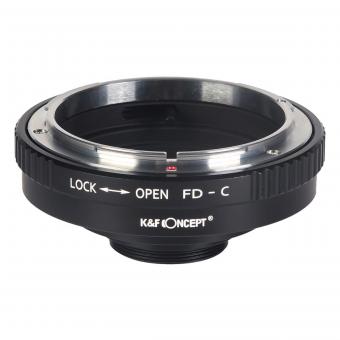

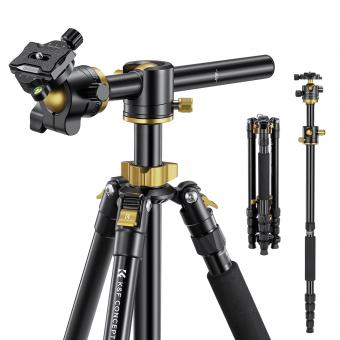







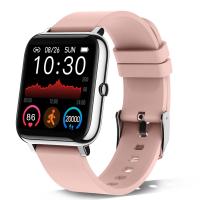
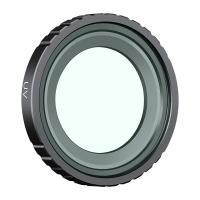

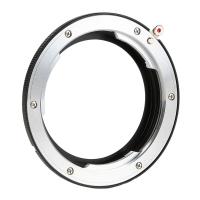




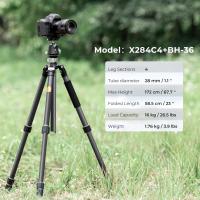
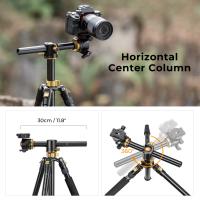


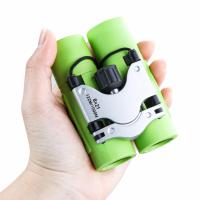

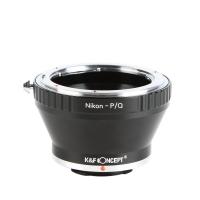

There are no comments for this blog.